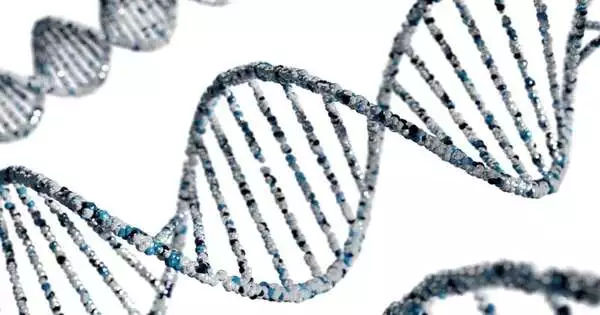Arachnoid cysts (ACs), which are small, fluid-filled sacs inside the arachnoid membrane, one of three layers protecting the brain and spinal cord, are frequently an incidental finding on brain scans looking for trauma or other neurological conditions. They frequently don’t result in noticeable symptoms, but when they do, patients frequently report headaches, seizures, developmental delays, and other frequently ambiguous neurological symptoms.
Despite the fact that ACs are the most prevalent type of intracranial brain cyst, previous research has not uncovered the biological mechanisms that cause them to form or why some are symptomatic while others appear benign. In the end, this might make treatment difficult.
Researchers from the Department of Neurosurgery at Yale School of Medicine used a multi-omics strategy in a recent research brief that was published in Nature Medicine to categorize ACs based on genotypic and phenotypic markers. The largest trio-based cohort of arachnoid cyst patients to date was assembled by researchers who collected 617 patient-parent (trio) exomes from all over the world. Through whole exome sequencing of patients DNA, they have discovered seven genes linked to the formation of AC; each of these genes has also been linked in previous studies to other neurodevelopmental disorders.
“Ultimately, we want to translate genomic data into pathophysiological insights that have a real impact on patients. This study is a significant step forward for ACs.”
Kristopher Kahle, MD, Ph.D., adjunct professor of neurosurgery.
The team also grouped the patients according to the severity of their symptoms (phenotypic markers) using novel analysis techniques and natural language processing on thousands of pages of medical records. There are four distinct AC subclasses as a result of this analysis.
For the first time, they were able to link the genetics of ACs with their clinical presentation by correlating the presence of the identified genetic variants (genotypes) with the severity of symptoms (phenotypes) within each AC class. This new finding suggests that many symptoms associated with arachnoid cysts may result from a shared genetic defect driving both cyst formation and the associated neurodevelopmental abnormalities. Previously, researchers thought the cysts themselves disrupted brain structures and caused symptoms by direct compression of adjacent structures.
An innovative use for multi-omics.
“We chose to address this issue not only due to the prevalence of ACs and the paucity of information regarding their pathobiology, but also because this application of the multi-omics framework, which combines traditional genomics, integrative genomics, and artificial intelligence-driven phenomics, has not yet been made. We are eager to apply the model to other enigmatic congenital disorders of the brain and spine after using it to elucidate some of the drivers of ACs, says the lead author, Adam Kundishora, MD, chief resident of neurosurgery at the Yale School of Medicine.
The basis for creating treatment protocols for “symptomatic” and “asymptomatic” ACs is laid out in this study. The decision to perform surgery can currently be challenging after an AC has been identified, particularly if the patient’s symptoms are hazy or could be attributed to other causes. Additional genetic testing could reveal whether a patient’s symptoms are likely the result of generally disrupted brain development and function, in which case surgical cyst decompression is unlikely to be beneficial.
The precise effects of the discovered genetic variants on the brain must be investigated in more detail. The group is also taking into account environmental and non-genetic elements that could affect the development of AC.
In the end, we’re interested in turning genomic data into pathophysiological insights that have practical implications for patients. According to Kristopher Kahle, MD, Ph.D., this study represents a significant advancement for ACs. D. director of pediatric neurosurgery at Massachusetts General Hospital, adjunct professor of neurosurgery at Yale School of Medicine, and head of the Harvard Center for Hydrocephalus and Neurodevelopmental Disorders.
More information: Epigenomic dysregulation correlates with arachnoid cyst formation and neurodevelopmental symptoms, Nature Medicine (2023). DOI: 10.1038/s41591-023-02239-1





